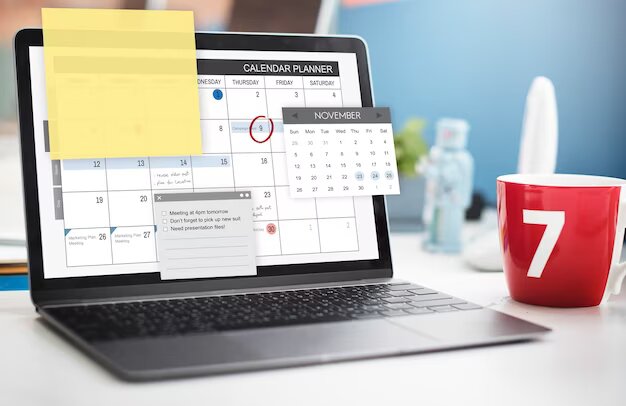How To Know If Someone Blocked You On iMessage? 5 Secret Hacks!
Apr 16, 2025

Apr 16, 2025

Apr 16, 2025

Apr 15, 2025

Apr 11, 2025

Apr 11, 2025

Apr 11, 2025

Apr 08, 2025

Mar 29, 2025
Sorry, but nothing matched your search "". Please try again with some different keywords.


When you are publishing content, it can be very easy to feel overwhelmed with what you need to get done to be successful.
Publishing content correctly is about knowing what to publish, when to publish it, how to publish it, and where to publish it. You also need to have good content to publish. Most businesses with a content strategy are thinking about it all day, every day today. You should be too.
So, how do you organize all of these overwhelming tasks?
You need to use a content calendar. Google Sheets is one spreadsheet application that makes it all so easy. This is your Google Calendar kicked up a notch, with columns and rows and tabs and tasks that you can organize in just a few clicks. Imagine being able to see your entire content strategy on one page, and know exactly what is happening and when. That is why you need a content calendar.
Learn how to manage a content calendar using Google Sheets right here.
You need a content calendar so that you can simplify every part of your content strategy in one place. You don’t need to spend a lot of time or money creating it, either. A spreadsheet will help you to organize every component of your calendar so that it is exactly yours, and exactly how you want it to be.
A spreadsheet will also help you to decrease the number of human errors when it comes to your publishing strategy and will streamline your entire publishing mission.
You don’t have to create it from scratch. You can get a free Google Sheets content calendar template for your content calendar, and customize it to include your brand’s logo and publishing needs. Pick your template, and begin designing the content calendar that will bring your company to publishing and marketing success.
Knowing what you want to include on your content calendar is critical to its success.
Your content calendar doesn’t need to look like everybody else’s, but you can choose from the standard elements and make it your own.
You want to have things like the publishing timelines and publishing dates, from drafts to final copy, writers, assignments, topics, content types, links of the content, and where you are going to be posting this content.
You can have one calendar for blogs, another for social media, another for anything else you want to publish, or one calendar for everything. You decide how detailed you want this to be. You can use a template and still make it your own.
Once you choose a template, you need to plan what it will look like as a working calendar. You do this by planning your publishing.
You likely already have the skeleton of a publishing calendar. You may have writers and ideas and deadlines or plans for when things need to get done and by whom. If that is the case, you will never have a blank content calendar.
Don’t let the thought of using a calendar wisely overwhelm you. You already have what you need for publishing in your head, you just need to put it in your calendar now.
When you have a content calendar, you have an organized content strategy that will help you to achieve your publishing and marketing goals.
Get it organized in less than one hour, and show it to the team. When you do, you will feel departments moving swimmingly already.
Don’t overthink it. Organize your content calendar today, and watch the productivity flow tomorrow.
Read Also:
Abdul Aziz Mondol is a professional blogger who is having a colossal interest in writing blogs and other jones of calligraphies. In terms of his professional commitments, he loves to share content related to business, finance, technology, and the gaming niche.
View all Posts
How To Know If Someone Blocked You On iMessag...
Apr 16, 2025
7 Website Design Mistakes That Are Hurting Yo...
Apr 16, 2025
Programmable Dynamic SEO for Location-Based P...
Apr 15, 2025
Google Boba Game: How To Play This Fun Game B...
Apr 11, 2025
Which Is The Best Video Search Engine Of 2025...
Apr 11, 2025

